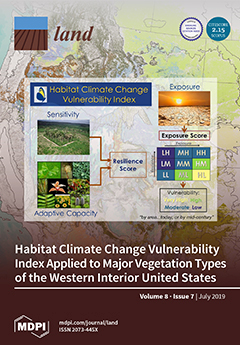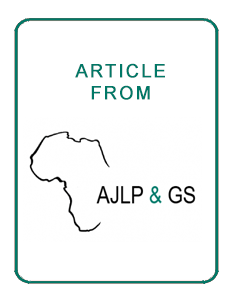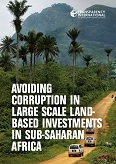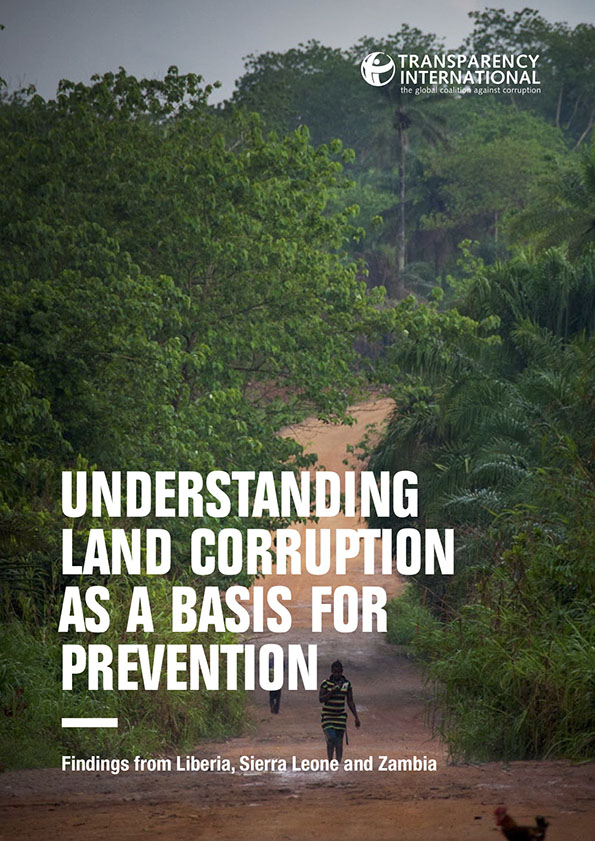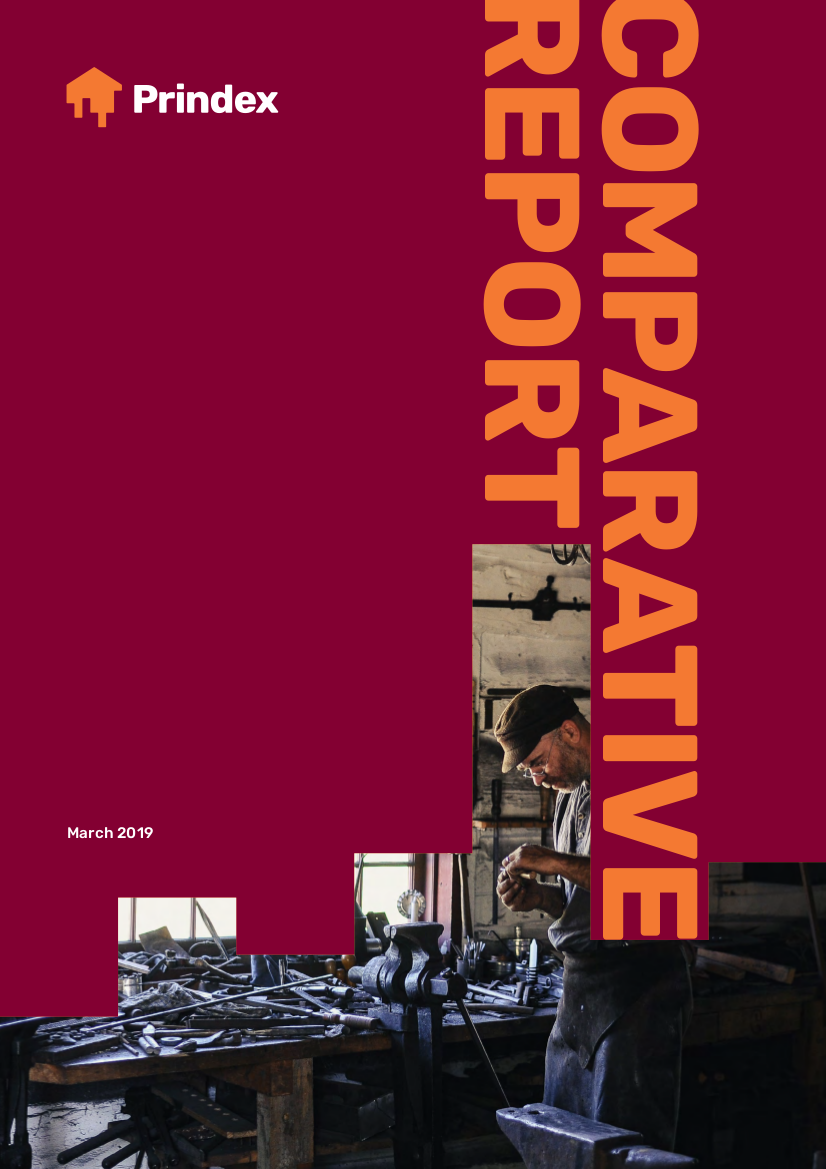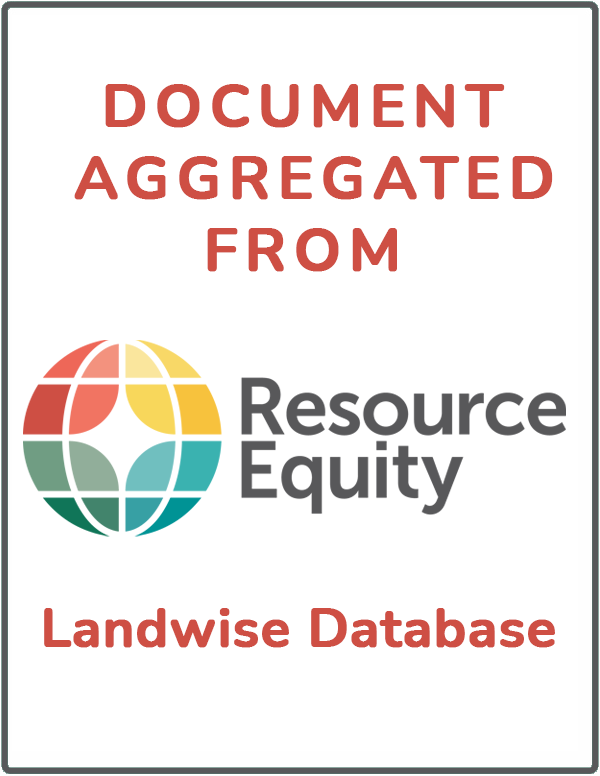Recent debates in social anthropology on land acquisitions highlight the need to go further back in history in order to analyse their impacts on local livelihoods. The debate over the commons in economic and ecological anthropology helps us understand some of today’s dynamics by looking at…
Many cities in developing countries are experiencing urbanization characterised by the continuous proliferation of informal settlements. This article gives an account of a study that determined the inclusiveness of land administration in the City of Lusaka using the perspective of good…
This report presents findings on corruption in large scale land-based investments (LSLBIs) in Sub-Saharan Africa, and although it draws on case studies from Sierra Leone and Zambia, its recommendations aim to be applicable across Sub-Saharan Africa.
Conventional, top-down and governance-…
A deeper look at what the results of the 33 wave 1 and 2 countries show about urban land tenure security. This report compliments the Prindex Comparative Report by focusing on a specific aspect of land and tenure insecurity.
This report uses household-level data from 33, mostly developing, countries to analyse perceptions of tenure insecurity among women. We test two hypotheses: (1) that women feel more insecure than men; and (2) that increasing statutory protections for women, for instance by issuing joint named…
From forced eviction to loss of livelihood, social status, savings and even life, land corruption in Africa has serious and far-reaching consequences. Such corruption comes in many forms, and it must be understood – along with the factors that enable it – before it can be tackled.
Bribery…
Property rights are a cornerstone of economic development and social justice. A fundamental way of understanding the strength of property rights is through citizens' perceptions of them. Yet perceptions of tenure security have never been collected at a global scale.
The lack of global…
El agua - fuente de seguridad alimentaria/Día mundial de la alimentación: 16 Octubre 2002
Geospatial datasets and analysis techniques based on geographic information systems (GIS) have become indispensable tools in the planning, implementation and evaluation of a wide range of development programmes, including actions addressing sustainable agriculture and rural development. The…
Este estudio es una contribución más en la tarea de realizar un inventario mundial de experiencias nacionales en el campo de la legislación y administración de aguas. Dado su interés en fomentar la producción agrícola, que requiere un mayor uso consultivo del recurso agua, la FAO se ha ocupado…
As climate change makes precipitation shocks more common, policymakers are becoming increasingly interested in protecting food systems and nutrition outcomes from the damaging effects of droughts and floods (Wheeler and von Braun, 2013). Increasing the resilience of nutrition and food security…

